Imagine this: your child is having a blast playing with their favorite gooey, colorful slime, and suddenly, it ends up tangled in their hair. It’s a nightmare scenario that can send chills down any parent’s spine.
But there’s no need to fret; we know just what you need to safely remove the slime from your hair. In this guide, we will walk you through some fast, simple, and efficient techniques that will make cleanup a breeze with zero harm.
Various Methods for Removing Slime from Hair
Method 1: Oil or Conditioner, and Shampoo
Hair products like hair oil, conditioner, and shampoo can help break down slime and make it easier to remove. Oils and conditioners are natural lubricants that can loosen the slime’s adhesive properties.
By coating the hair, they make it less tangled and easier to wash out. The shampoo helps to remove both the slime and the oil residue. This method is gentle on your hair and scalp, making it a great option for sensitive skin.
Steps
- Apply oil or conditioner: Gently apply a generous amount of oil (such as coconut, olive, or vegetable oil) or conditioner onto the affected area.
- Allow it to sit: Leave the application on the hair for a few minutes, giving it time to work its way into the slime and break it down.
- Comb out the slime: Work your way up from the ends of the hair as you comb through it.
- Rinse hair thoroughly: Rinse your hair with warm water to remove any remaining slime.
- Shampoo and condition as usual: After washing and conditioning your hair, it will be in balance and any excess oil is removed.
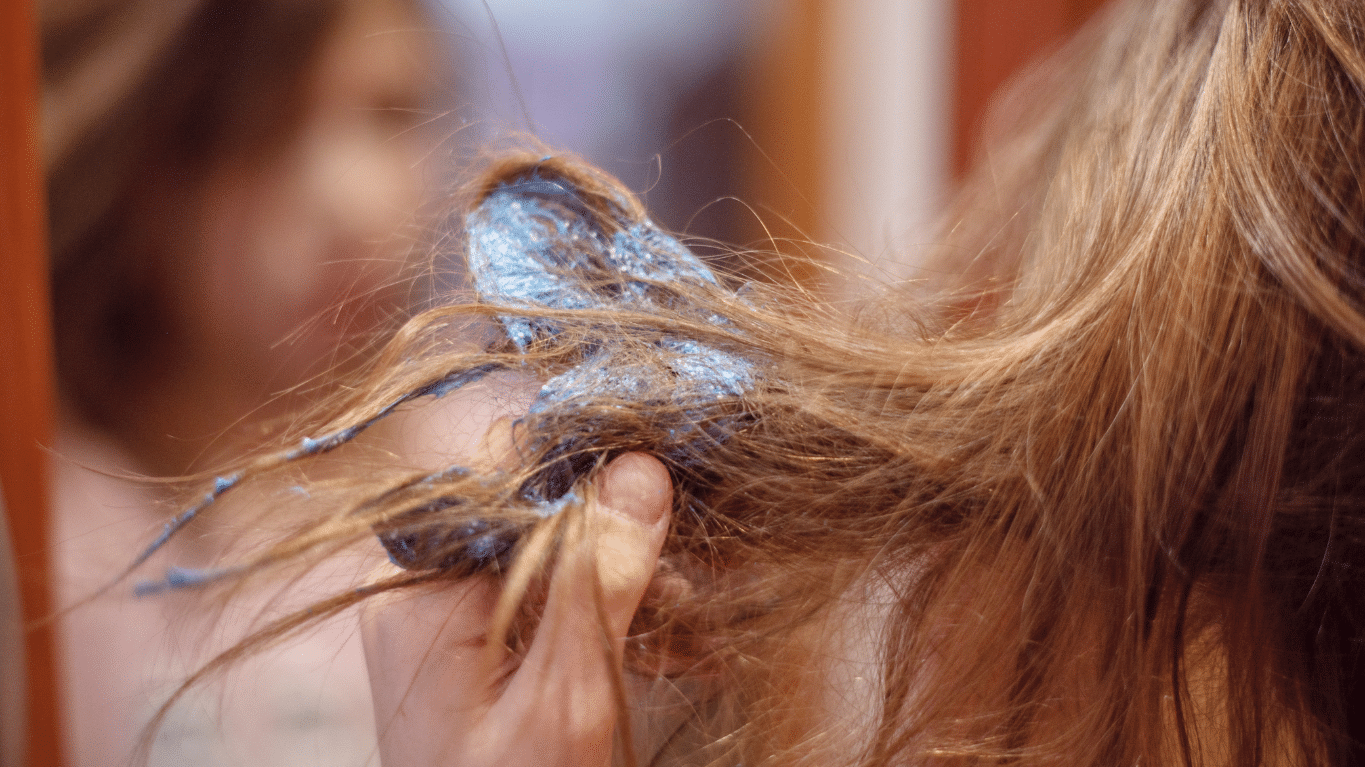
Method 2: Coke
Coca-Cola can be used to clean slime off of hair effectively. Coke contains phosphoric acid, which gives the soda its signature tangy taste. Since soda is acidic, it helps decompose the slime, making it simpler to rinse away.
This acidic content breaks down the slime’s sticky components effortlessly, sparing you the need for harsh chemicals or excessive hair manipulation.
Steps
- Protect your eyes and clothes: Before you begin, make sure to protect your eyes with goggles or a similar barrier. You should also wear old clothing or an apron to shield your clothes from potential Coke stains.
- Pour Coke into a bowl: Pour a sufficient amount of Coca-Cola into a bowl, ensuring there’s enough to cover the affected area of your hair. Depending on how bad the slime problem is, you may need more or less.
- Soak the affected hair in Coke: Immerse the slime-covered section of your hair in the bowl of Coke. Allow it to soak for 5-10 minutes.
- Gently work out the slime: After soaking, gently comb through the affected hair with a wide-toothed comb.
- Rinse hair thoroughly: After you’ve combed out the muck, give your hair a good rinsing in warm water.
- Shampoo and condition as usual: After rinsing, follow your usual hair care routine to restore balance and remove any lingering scent of Coke.
Method 3: Vinegar Solution
Vinegar, a common household item, can be used to get slime out of hair in a natural way that works well. Vinegar, particularly white vinegar, contains acetic acid that can dissolve the glue-like components in the slime.
The acidic nature of vinegar helps to loosen the slime’s grip on hair, making it easier to wash out safely.
Steps
- Mix vinegar and water: Dilute some white vinegar with warm water by mixing equal portions of the two in a basin.
- Apply the vinegar solution: Gently pour the vinegar solution onto the slime-covered hair, ensuring that the affected area is thoroughly saturated.
- Work the solution into the hair: Use your fingers to gently massage the vinegar solution into the slime. Leave for about three to five minutes.
- Comb out the slime: Start with the ends and work your way up with a wide-tooth comb.
- Rinse hair thoroughly: After the slime has been cleaned out of your hair, give it a good rinsing with some warm water to get rid of any vinegar solution or slime that may have been left behind.
- Shampoo and condition as usual: Wash and condition your hair immediately
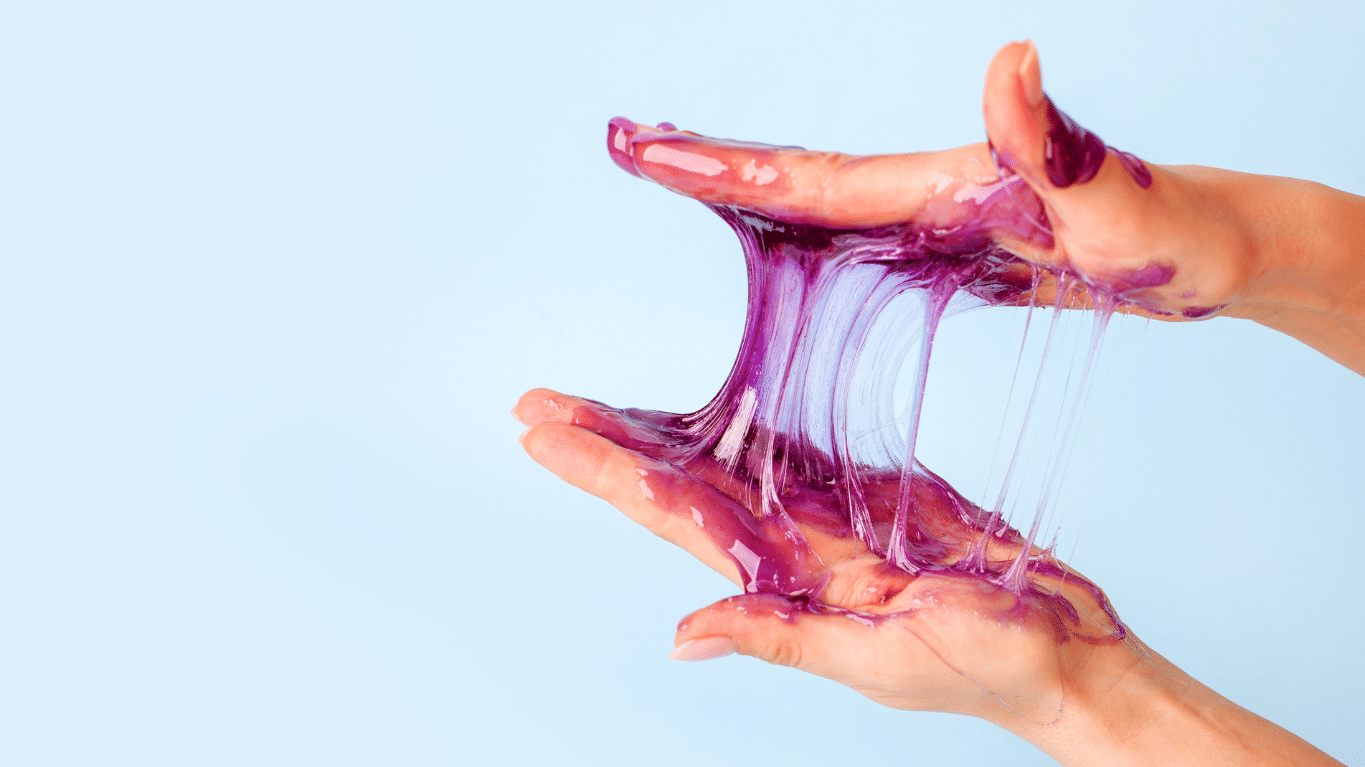
Method 4: Peanut Butter or Mayonnaise
Peanut butter or mayonnaise can be an unconventional yet effective method to remove slime from hair.
The ingredients contain oils that can dissolve the slime’s adhesive components and loosen its grip on your hair. They also help to make it easier to comb out the slime without causing damage.
Steps
- Choose your product: Get peanut butter or mayonnaise, depending on your preference and what you have on hand.
- Apply the product: Apply generously on the hair, focusing on the affected area.
- Leave it for a while: Let the product sit on your hair for a few minutes.
- Comb out the slime: Using a wide-tooth comb, the slime should now be much easier to remove.
- Rinse hair thoroughly: Rinse your hair with warm water to remove any remaining slime, peanut butter, or mayonnaise.
- Shampoo and condition as usual: Do this to restore your hair’s natural balance and remove any remaining traces of the product used.
Prevention Tips
- Tie Hair Back When Playing with Slime: To avoid hair-slime catastrophes, make sure to tie your hair back or use a headband to keep it out of the way while playing with slime.
- Supervise Children During Slime Play: Keep an eye on your children while they’re having fun with slime, and ensure they understand the risks of getting it in their hair.
- Suit up with protective gear: To avoid any slime on your hair, be sure to wear protective clothing and accessories during your slime play. This could include an apron, a smock, or even a repurposed t-shirt. Additionally, you might want to use a shower cap or plastic hair cover to protect your hair.
FAQs
1. Can slime cause permanent hair damage?
No, slime itself does not cause permanent hair damage. However, if not removed carefully and patiently, the process of getting rid of it may lead to hair breakage or damage.
Always take your time and use gentle methods to remove the slime. In most cases, using the techniques outlined in this article will help you remove slime without any lasting damage.
2. Can I use rubbing alcohol to remove slime from my hair?
Rubbing alcohol may help break down the slime, but it can also be harsh on your hair and scalp.
We recommend using milder alternatives, such as coke or vinegar, to remove slime from hair without risking damage. These are gentler on your hair and scalp, making them a safer option for slime removal.
3. How can I prevent slime from drying out in my hair?
The key is to act fast! The longer the slime stays in the hair, the harder it becomes to remove. As soon as you notice the slime, start working on removing it using one of the methods mentioned in this guide.
You can also keep the slime from drying out too quickly by keeping your hair moist and avoiding heat.
4. Is it safe to use hot water to remove slime from hair?
Using hot water to remove slime from your hair is not recommended. The heat can cause the slime to become stickier, making it more difficult to remove entirely.
Instead, use lukewarm water and follow the suggested techniques in this guide to avoid additional complications.
5. Can slime be removed from color-treated or chemically-treated hair without damaging it?
Yes, slime can be removed from colored or chemically treated hair without causing damage. Gentle methods like oil, conditioner, or vinegar can be used to remove slime without causing any damage.
We strongly suggest that you avoid harsh chemicals and excessive pulling. Always take your time and be patient during the process to minimize the risk of damage.
There is no need to worry about damaging your hair color or treatment when cleaning off slime.
6. Are there any specific hair types more prone to getting slime stuck in them?
Slime can get stuck in any hair type; however, it may be more challenging to remove from thicker, coarser, or curly hairs due to their texture.
Regardless of your hair type, it’s crucial to follow the recommended methods and steps to minimize the risk of damage.
Conclusion
Dealing with slime in your hair can be a frustrating and daunting task, but it doesn’t have to be a nightmare. With the right techniques and a little patience, you can quickly and effectively remove slime from your hair in as little as 15 minutes.
ALSO: From Chaos to Calm, Embracing Minimalism with Kids
Remember to stay calm, be gentle, and use the methods outlined in this guide to tackle any slime-related hair mishaps.
Also, always keep an eye on your children during slime play to prevent tangles. Now, you’re prepared to face the world of slime with confidence and ease!


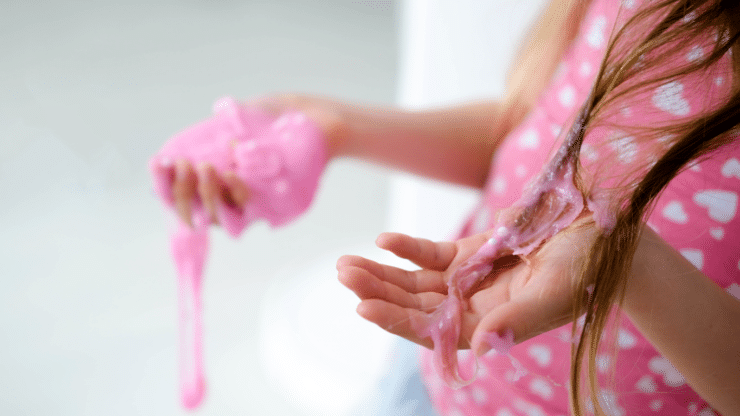

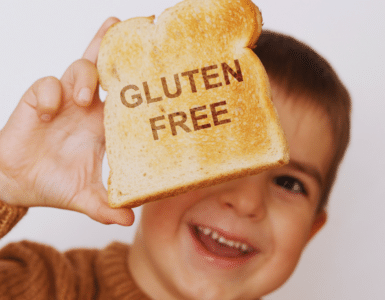

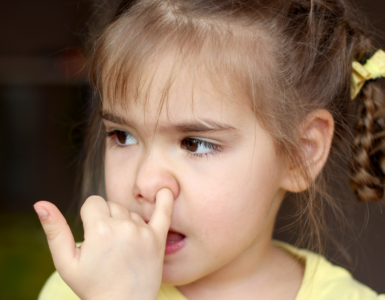


Add comment